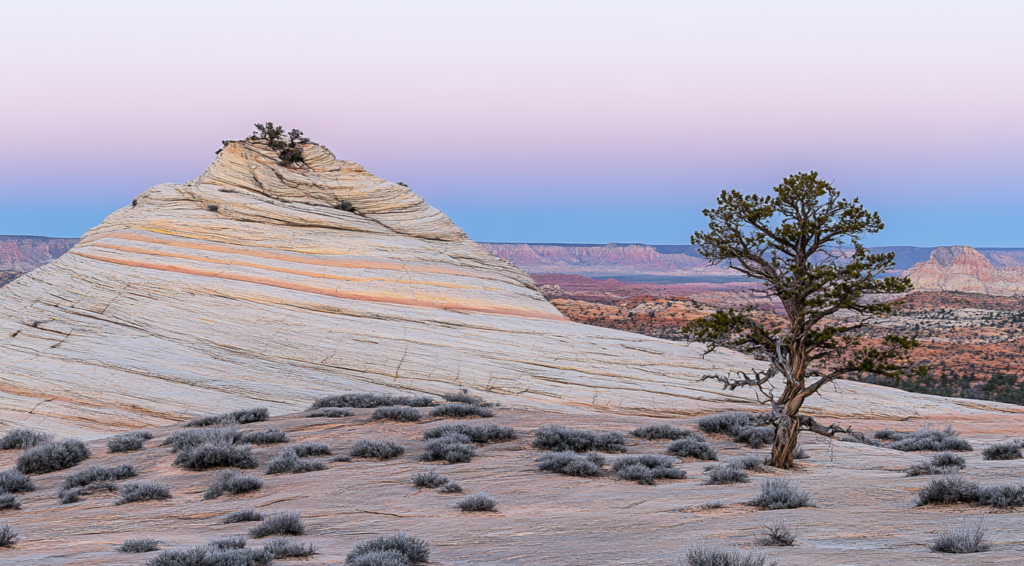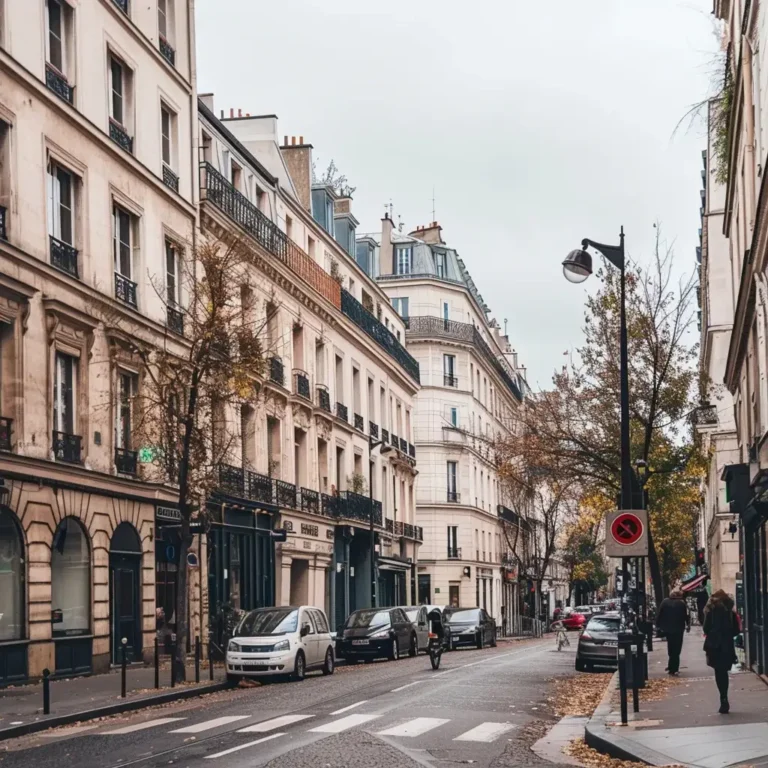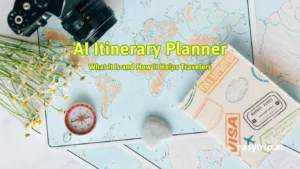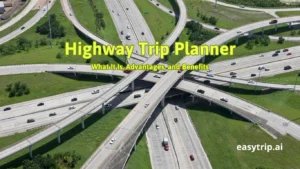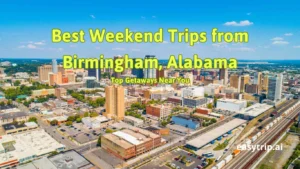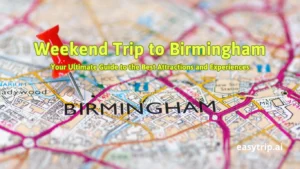Introduction
As someone who thrives on the thrill of discovery but often struggles with the intricacies of trip planning, the concept to “plan my trip for me” became a seires for my latest adventures. With a longing to explore the grand national parks of the Western United States—from the geysers of Yellowstone to the vast canyons of Zion—I decided to put my journey into the hands of experts, allowing them to craft a trip tailored just for me. This approach promised not only ease but also an enriched experience with insider knowledge and local insights.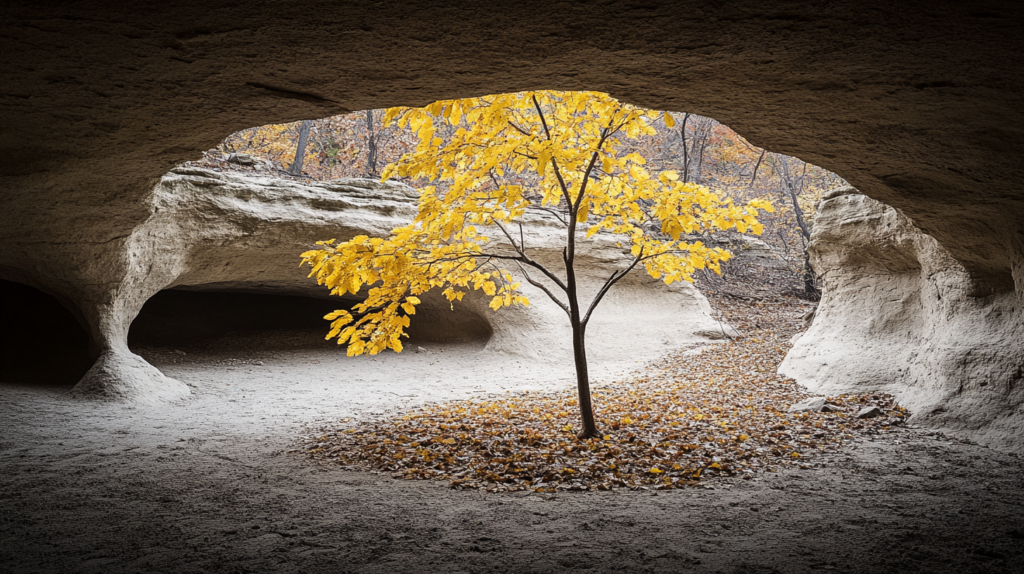
Why the Western National Parks?
The national parks of the Western United States are a showcase of some of the most iconic and diverse natural landscapes in the world. My fascination with these parks was driven by their legendary geological features, rich history, and vast wilderness areas. Opting for a service to “plan my trip for me” seemed the perfect choice to ensure I could experience these wonders stress-free, with every detail thoughtfully arranged. These parks offer more than just scenic views; they provide a journey through time, showcasing the Earth’s natural history and the beauty of untouched landscapes.The Planning Process
The journey began long before I set foot on a trail. After deciding to let a professional service “plan my trip for me”, I communicated my interests, fitness level, and what I hoped to get out of the experience. The planners used this information to map out a comprehensive, step-by-step itinerary that included transportation, accommodations, guided tours, and some meals. This meticulous planning ensured that every aspect of my trip was covered, from the best routes to take to the must-see sights and hidden gems that only locals know about.Day 1-3: Grandeur of Grand Teton and Yellowstone
My adventure started at Grand Teton National Park, where the rugged peaks served as a dramatic backdrop to crystal-clear lakes. My trip planner had arranged for a day of kayaking on Jenny Lake, followed by a guided hike to Inspiration Point—a perfect introduction to the natural beauty of the area. The first night was spent at a charming lodge, where I enjoyed a hearty meal and a cozy fireplace. Next, I headed north to Yellowstone, America’s first national park, where the itinerary included visits to Old Faithful and the Grand Prismatic Spring. Each day was meticulously planned, allowing me to experience the park’s geothermal features and wildlife with knowledgeable local guides, enhancing my understanding and appreciation of this volcanic wonderland. Highlights included a wildlife safari at dawn, spotting bison, elk, and even a grizzly bear in their natural habitat, and a guided walk through the geyser basins, learning about the unique geology of the park. Travel Tips for Days 1-3:-
- Early Morning Wildlife Safaris: If you want to see the most wildlife, plan your safaris early in the morning. The cooler temperatures and quiet surroundings mean more animals will be active.
-
- Book Guided Tours in Advance: Yellowstone and Grand Teton are popular destinations, and guided tours (like kayaking and wildlife watching) fill up quickly. Reserve them early.
-
- Carry Layers of Clothing: The weather in both parks can change rapidly, especially at higher altitudes. Pack layers, including a waterproof jacket, to stay comfortable.
-
- Hydrate on Hikes: The high elevation and dry air in Yellowstone and Grand Teton can lead to dehydration faster than you might expect, so always carry plenty of water on hikes.
-
- Visit Lesser-Known Sites: While Old Faithful is a must-see, consider visiting less crowded spots like the Black Sand Basin or the Lewis River Channel for a quieter experience of Yellowstone’s geothermal wonders.
Day 4-6: Arches and Canyonlands In Utah, the planner scheduled back-to-back visits to Arches and Canyonlands National Parks. In Arches, I explored the delicate natural architecture, including a sunset viewing at Delicate Arch, a moment captured forever in my memory. The play of light on the red rock formations was breathtaking, and the quiet of the desert at dusk was a serene end to the day. Canyonlands offered a contrasting experience of vast, rugged landscapes, where I enjoyed a half-day 4×4 tour deep into the Island in the Sky district, with views stretching across the Colorado Plateau. The planner had arranged for a knowledgeable guide who shared stories of the ancient cultures that once inhabited the area and explained the geological forces that shaped the dramatic canyons and mesas. The day ended with stargazing in one of the darkest skies in the United States, where the Milky Way spread out in all its glory. Travel Tips for Days 4-6:
-
- Plan for the Sunset: The red rocks of Arches are especially stunning at sunset. Arrive at Delicate Arch or Windows Section in time to watch the sun’s last rays hit the formations.
-
- Use a 4×4 in Canyonlands: Many of the most beautiful spots in Canyonlands, like the White Rim Road, require a high-clearance vehicle. A 4×4 tour will allow you to explore deeper and see more remote areas.
-
- Pack for Desert Conditions: Desert hikes can be strenuous, especially with the heat and dry air. Always carry extra water, sunscreen, and a hat.
-
- Stargaze in Canyonlands: If possible, plan one night for stargazing in Canyonlands—it has some of the clearest, darkest skies in the U.S., perfect for watching the Milky Way.
-
- Hike Early or Late in the Day: Midday heat can be intense, especially in the summer. Start your hikes early in the morning or late in the afternoon to avoid the worst of the heat.
Day 7-9: Captivating Zion and Bryce Canyon Zion National Park was next, where my planner had included a canyoneering adventure through some of the park’s lesser-known slot canyons, followed by a relaxing day exploring the Narrows. This slot canyon hike through the Virgin River was a unique and refreshing experience, with towering walls of rock rising on either side and the cool water flowing around my feet. Bryce Canyon, famous for its hoodoo-filled amphitheater, was an entirely different universe. A guided moonlight hike allowed me to see the park from a mystical perspective, illuminating the rock formations in the pale moonlight. The surreal landscape of hoodoos, pinnacles, and spires seemed almost otherworldly under the starlit sky. The planner also included a visit to the Bryce Canyon Visitor Center, where I learned about the park’s natural and cultural history. Travel Tips for Days 7-9:
-
- Rent Water Shoes for the Narrows: Hiking the Narrows involves wading through water, and the rocky bottom can be tough on your feet. Rent specialized shoes and a walking stick to make the hike easier.
-
- Take a Shuttle in Zion: Parking can be limited, especially in peak season. Use Zion’s shuttle system to easily access trailheads without the stress of finding a parking spot.
-
- Check Moon Phases for Bryce Canyon: If you want to do a moonlight hike in Bryce, check the lunar calendar before planning your trip. Full moons illuminate the hoodoos beautifully.
-
- Visit Zion’s Slot Canyons: While the Narrows are famous, lesser-known slot canyons like Orderville provide a quieter, equally thrilling experience.
-
- Get to Sunrise Point Early: For the best views of Bryce Canyon’s amphitheater at sunrise, get to Sunrise Point before dawn to witness the hoodoos bathed in soft, golden light.
Day 10-12: The Majestic Grand Canyon The climax of my trip was the Grand Canyon. “Plan my trip for me” meant that I had a reserved spot for a helicopter tour over the canyon, offering a bird’s-eye view of this immense natural wonder—a once-in-a-lifetime experience that was the highlight of my trip. The sheer scale and beauty of the Grand Canyon, with its layered bands of red rock revealing millions of years of geological history, was awe-inspiring. The itinerary also included a hike along the South Kaibab Trail to Ooh Aah Point, where I was treated to a panoramic view of the canyon. The planner ensured that my days were balanced with adventure and relaxation, including a sunset dinner at the historic El Tovar Lodge, where I enjoyed fine dining with spectacular views of the canyon. Travel Tips for Days 10-12: Explore Hidden Viewpoints: While famous spots like Mather Point are spectacular, lesser-known viewpoints like Yaki Point often provide stunning views without the crowds. Book Helicopter Tours Early: Helicopter tours are a popular way to see the Grand Canyon, and they fill up quickly. Reserve your spot well in advance, especially during peak tourist seasons. Stay Hydrated on Grand Canyon Hikes: Hiking into the canyon, especially on steep trails like the South Kaibab, can be physically demanding. Carry plenty of water, and don’t underestimate the heat. Catch the Sunset at Desert View Point: While the South Rim can be crowded at sunset, Desert View Point offers a quieter, equally stunning view of the Grand Canyon at dusk. Take Breaks on Steep Trails: The descent into the canyon is easier than the ascent. Give yourself plenty of time to rest and pace yourself when hiking back up.
